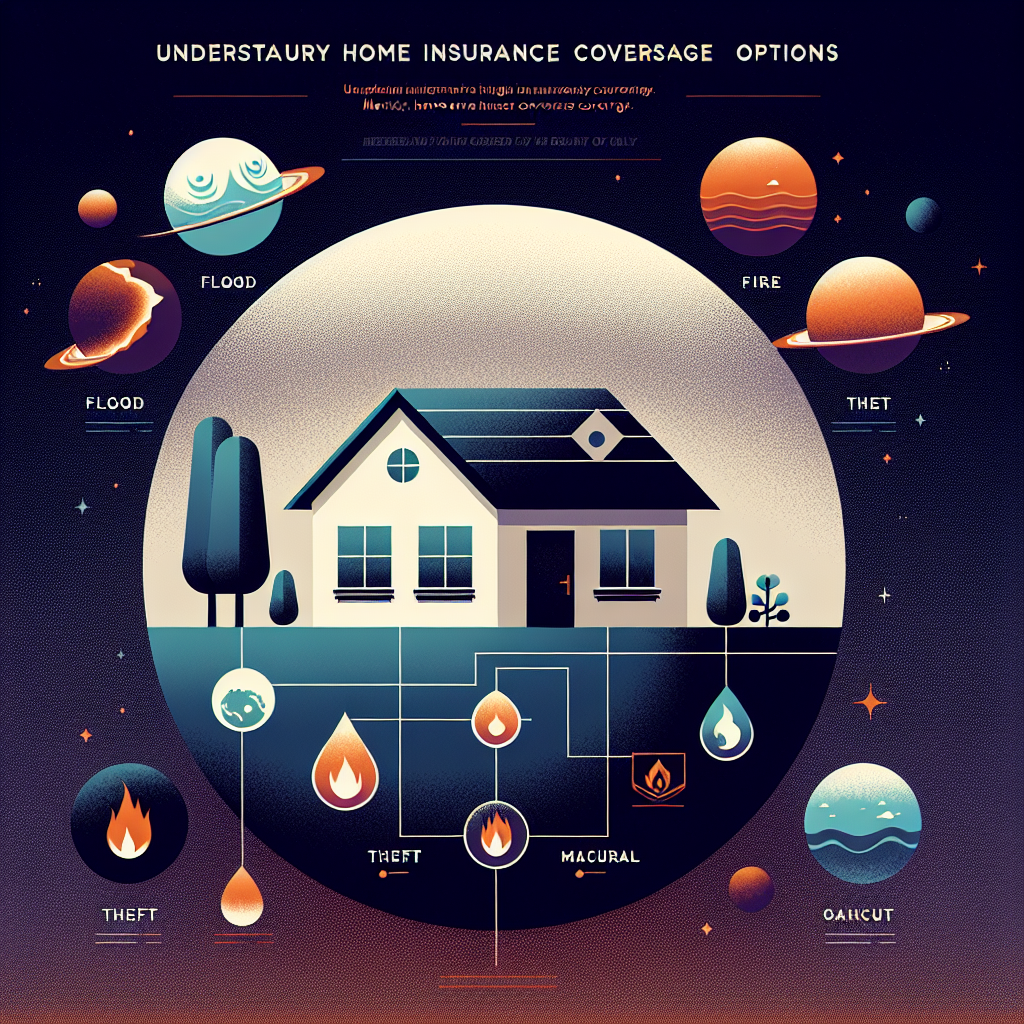Filed under Home Insurance on
Understanding Home Insurance Roof Coverage Explained

When it comes to safeguarding your home, understanding the nuances of insurance is crucial. Among various aspects of home insurance, roof coverage often leads to confusion for homeowners. Knowing what home insurance roof coverage entails can help you make informed decisions about your policy and protect your investment effectively.
What is Home Insurance Roof Coverage?
At its core, home insurance roof coverage is a segment of your home insurance policy that offers protection for your roof in the event of damage caused by specific perils. These perils often include natural disasters like storms, hail, or fire. Understanding the specifics of this coverage can save you from out-of-pocket expenses when unexpected damage occurs.
Types of Roof Coverage
Generally, home insurance policies include the following types of roof coverage:
- Replacement Cost Coverage: This type of coverage pays for the cost of repairing or replacing your roof without accounting for depreciation. It's often more expensive but provides better security for homeowners.
- Actual Cash Value (ACV) Coverage: Unlike replacement cost coverage, ACV coverage takes depreciation into account. It pays for the current value of your roof, factoring in its age and wear and tear, which might mean a lower payout.
- Roof Surfacing Endorsement: An add-on option that broadens the coverage based on your chosen parameters, typically providing comprehensive protection for your roof.
Knowing these options allows you to pick a coverage that aligns with your budget and needs.
What Does Home Insurance Roof Coverage Include?
Understanding what your home insurance roof coverage includes is fundamental. Typically, a standard home insurance policy covers roof damage caused by:
- Windstorms: Severe winds can tear off shingles or, in extreme cases, cause structural damage. Coverage for wind damage is usually included.
- Hail: Hailstorms frequently lead to significant roof damage. Most insurers offer protection against hail damage.
- Fire: Damage from fire is typically covered under home insurance, ensuring your roof is protected against potential fire hazards.
- Fallen Objects: If a tree branch or other object falls on your roof causing damage, this is usually covered by your policy.
It's essential to thoroughly review your policy details, as coverage can vary significantly between providers.
Common Exclusions in Roof Coverage
While home insurance roof coverage provides extensive protection, it also features certain exclusions. Being aware of these exclusions can prevent misunderstandings and unexpected financial burdens.
- Wear and Tear: Roofs suffer from regular wear and tear over time. Insurance policies typically do not cover damage due to lack of maintenance.
- Poor Maintenance: Failure to maintain your roof can lead to exclusions in coverage. Make sure to regularly inspect and repair damaged areas.
- Age of Roof: Some policies exclude roofs over a certain age from complete coverage, so it's important to check the terms specific to your roof's age.
- Improper Installation: Damage resulting from faulty installation or use of substandard materials is usually not covered.
How to File a Roof Damage Insurance Claim
When disaster strikes, filing a roof damage claim can help you access the necessary funds for repairs. Here is a step-by-step guide on how to do so:
- Assess the Damage: Carefully inspect your roof or hire a professional to document the damage thoroughly.
- Contact Your Insurer: Inform your insurance company as soon as possible to initiate the claims process.
- Submit Required Documentation: Provide photographic evidence, roof estimates, and any other documentation requested by your insurer.
- Meet the Adjuster: An insurance adjuster may come to assess the damage personally. Be prepared to show them the affected areas.
- Review Settlement Offer: Once the adjuster completes their evaluation, your insurer will offer a settlement amount. Review it carefully before accepting.
- Complete Repairs: After settlement, hire a reputable roofing contractor to repair or replace the roof.
Tips for Maintaining Your Roof and Ensuring Coverage
Preventive maintenance plays a crucial role in guaranteeing your roof's longevity and ensuring continuous coverage. Here are some maintenance tips:
- Regular Inspections: Conduct roof inspections twice a year, especially after harsh weather conditions, to identify potential issues early.
- Clear Debris: Remove leaves, branches, and any debris accumulation to prevent damage to shingles and roof structures.
- Attend Minor Repairs: Fix small issues promptly before they escalate into significant problems requiring costly repairs or replacement.
- Keep Gutters Clean: Ensure that gutters and downspouts are clear to prevent water pooling and damage to the roof's edge.
- Check for Leaks: Regularly inspect ceilings and attic spaces for signs of leaks or water damage.
Expert Opinions and Industry Trends
Industry experts emphasize the importance of understanding your home insurance roof coverage. John Davidson, a specialist in home insurance, states, "Many homeowners are unaware of the intricate details in their insurance policies. It's essential to read the fine print and understand what's covered and what's not."
Current trends indicate an increased demand for green roofing solutions, which might influence future insurance coverage options. Some insurers are beginning to offer discounts for homes with eco-friendly roofs, reflecting the growing emphasis on sustainability.
Conclusion
Home insurance roof coverage is a vital aspect of protecting your home against unforeseen damage. By understanding the types of coverage available, what is included, and common exclusions, homeowners can make informed decisions tailored to their needs. Regular maintenance practices and a thorough understanding of the claims process further ensure that you're prepared when disaster strikes, preventing unwelcome surprises during stressful times. Stay informed, read your policy carefully, and embrace best practices for maintaining your roof to maximize your coverage benefits. In navigating these complexities, you can safeguard your home and investment effectively.





